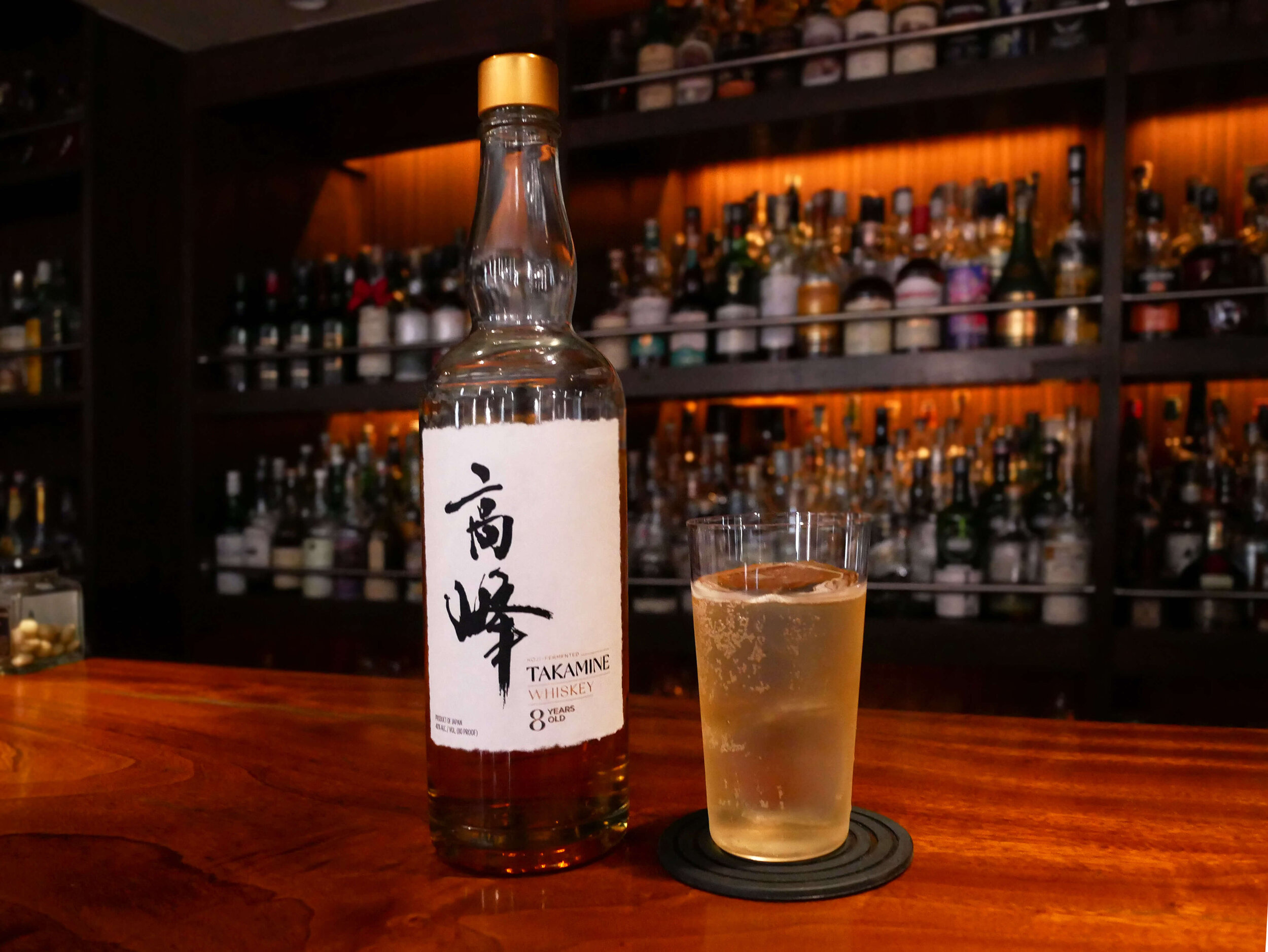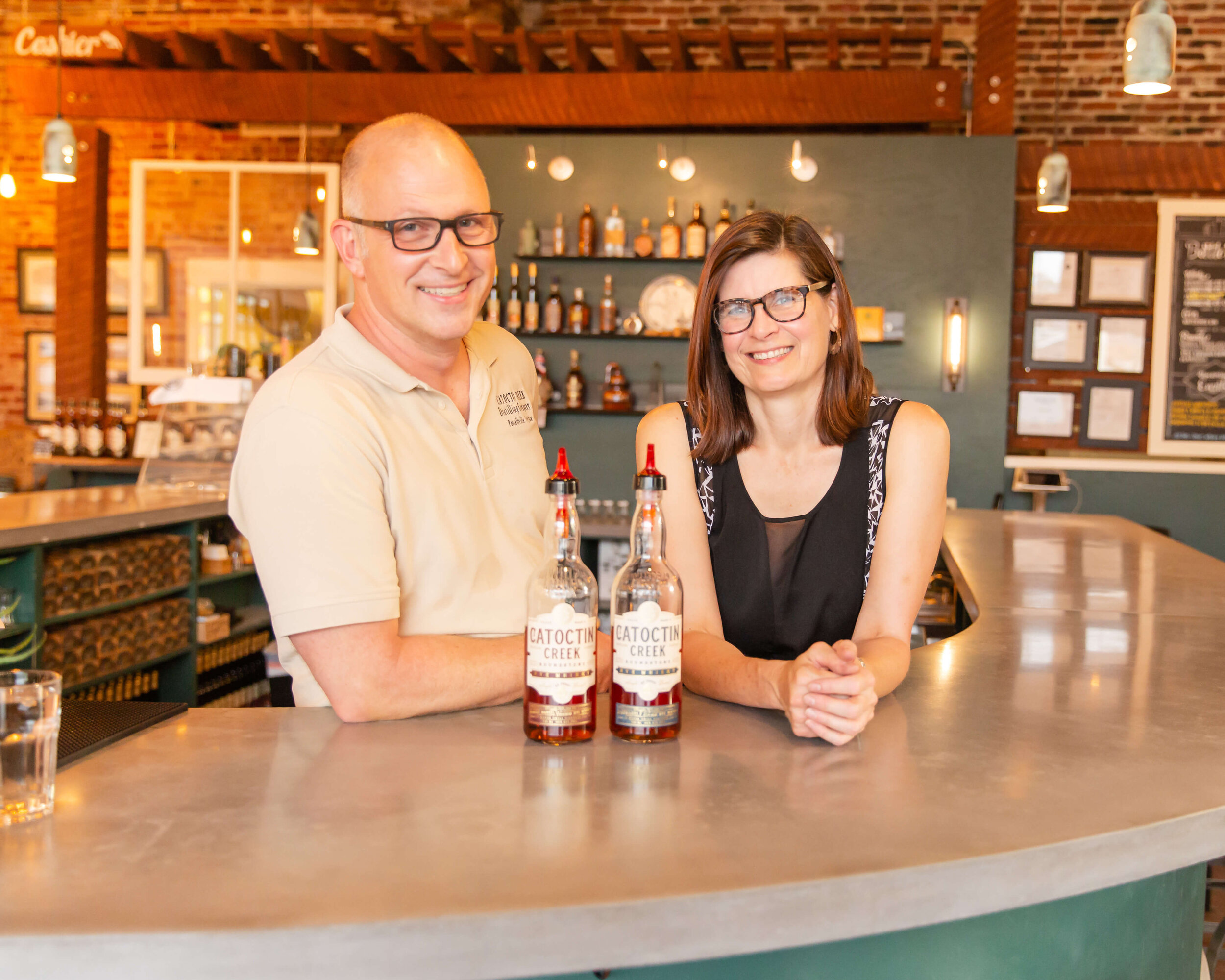How Innovative Whiskey Distillers are Using Koji, Beer, Brewing Yeast, Local Grain & Oak
This is an exciting time to make and drink whiskey.
Not only is the market coming off its thirstiest period in decades, but people are more and more eager to expand their definition of just what whiskey can be.
In 2020, total beverage alcohol volume in the U.S. was up 2%, according to an IWSR Drinks Market Analysis, the most significant spike since 2002. That pattern is projected to continue into 2021, which volumes up again end-of-year. Whiskey outpaced the average by more than double, growing 4.9% year-over-year. At this rate, by 2022 whiskey is expected to account for more market share than vodka by volume and consumption.
But people want more than just their usual tipple these days, the study found.
“A key driver of US beverage alcohol consumption is flavor,” Brand Rand, IWSR’s COO of the Americas, said when introducing the report. “Flavored subcategories – from beer to vodka to U.S. whiskey – are significantly outperforming traditional non-flavored sub-categories. Flavor is also the top consumer driver of the fast-growing ready-to-drink (RTD) category, and that’s likely creating a halo effect on total alcohol as well.”
Whiskey makers are here for the exploration, and auspiciously—since making a new whiskey takes years of experimentation and barrel-aging commitment before its ready—several exciting projects are arriving to sate the thirsty explorer’s expanding palates.
Below, a few pioneers in this audacious new frontier.
Koji
We already know mold can transform tasty things into transcendent deliciousness. Happy hour would be incalculably less tasty without mold-fermented dairy and meat (aka cheese and charcuterie), so why not whiskey? In Japan, Honkaku Spirits has created an eight-year-old whiskey fermented with koji. It honors both traditions—koji is a mold that has been used in Japan for millennia to make sake, soy sauce, and miso—and innovation.
Dr. Jokichi Takamine, a Japanese chemist living in Illinois in the 1890s, experimented with koji fermentation in research and development in American whiskey. It is being introduced by Honkaku Spirits founder Christopher Pellegrini, because, as Pelligrini explains, his invention never made it to market. “He very nearly turned the whiskey industry on its head when he introduced koji fermentation, the lifeblood of Japanese cuisine, to bourbon production under the auspices of the Illinois Whiskey Trust,” Pellegrini says. “If not for violent sabotage and the era of trust-busting under President Theodore Roosevelt, koji whiskey likely would have become an American tradition over the past century.”
Honkaku imports the Takamine 8-Year Koji Whiskey, which has a two-row barley mash bill; 40% koji-fermented barley and 60% steamed barley comprise the mix. It takes about two days for the koji to propagate, and another two to ferment.
It is aged in American oak and ex-bourbon casks, in a decommissioned war-era rice bunker with thick concrete walls. What does koji offer? “It adds character and savoriness,” Pellegrini says. “It offers deep richness and meatiness, umami.” The whiskey itself does offer a resounding savoriness, but also notes of wildflowers, lemon, spice, thyme, vanilla. It’s soft, elegant, unctuous.
Beer and Brewing Yeast
At Real Spirits Distilling in Blanco, Texas, the whiskey is distilled twice in hand-hammered copper pot stills and aged in new American oak barrels. But what makes it truly terroir-driven, with unusual notes on the nose and palate, are the bases and blending techniques.
Real Spirits makes two whiskeys and ends with a blend. The starter whiskeys are made with an unhopped version of Real Ale’s English-style Real Heavy scotch ale and the Belgium-style Devil’s Backbone. (The spirits branch was launched in 2017, 21 years after owner Brad Farbstein built one of Texas’ most popular craft beer brands). Distiller Davin Topel says he manages to retain the beers’ flavors by distilling them in a 240-gallon Spanish alembic still. It works much better than a classic column in this application, he explains. “Copper contact has one thing to do with it,” Topel says. “It’s a porous metal and catches the congeners, so the more copper contact, the cleaner the flavor is going to be. With a column, you’re going to get less flavor.” Congeners are what gives whiskey its flavor, so with an alembic still, more of the oils and flavor of the beer come through, he says.
Another significant influence comes from invisible-to-the-naked eye, but very real microorganisms: yeast. The only yeasts that go into their whiskey are actually brewing yeasts: an English ale and a Belgium yeast strain. The English yeast is close to the distiller’s yeast, with notes of apple, pear, kiwi and honey, and the Belgium yeast, strain which gives banana and clove notes. “In the beer the distinction between the yeasts is very clear, but in the whiskey it offers a more nuanced version of the ester profiles from the yeast,” Topel explains. “We don’t use any additional distiller’s yeasts in the distilling process, but we do add enzymes that break down sugar chains and allow the yeasts to consume those sugars more readily and create purer, more transparent flavors. “
Why don’t they just sell the two finished whiskeys separately? “When you blend them together, you create this unicorn of flavor that you can’t get anywhere else,” Topel says. While the blend varies year to year, it typically is heavier on the English-style Real Heavy ale version.
The whiskey comes in Signature and Single Barrel, both of which are aged in American oak barrels. They picked the aging location: shipping containers in the middle of a hot Texas field—carefully. The hot field cools down significantly at night, and that diurnal shift forces the spirits to interact with the barrel more as the barrel expands and contracts, accelerating the aging process.
After two years, you get a mellow, soft, lovely whiskey, with notes of caramel, nougat, subtle banana and vanilla, but the structure and leather and tobacco of a classic whiskey.
Scott & Becky Harris of Catoctin Creek photo credit Revel Photo Co
Locally Sourced Grain and Oak
Catoctin Creek, the first legal distillery in Loudoun County, Virginia, since Prohibition, is unabashedly obsessed with honoring the nuances of its home terroirs. What makes Catoctin Creek’s Roundstone Rye whiskey’s flavor so distinct, says general manager and co-owner Scott Harris, is its “local grain sources. The fermentation characteristics, yeast selection, distiller’s art and barrel aging all undoubtedly have an impact too of course.”
After a long search, they found a rye grown on a 73-acre farm in Eastern Virginia, chief distiller and co-owner Becky Harris explains. It delivers the precise punch they were seeking. “The rye that’s grown here lends a spicy, grassy flavor to the whisky,” she says. Another part of the mash bill comes from Amish country rye grown in Leesburg. “It is more complex and multi-dimensional than ryes grown in Canada or the Midwest, which tend to offer more of a dill or hempy flavor,” Scott says. “This offers a fruity-nutty taste with a crispy spicy finish.”
The next step for the Harris’ was “incorporating barrels made from Virginia oak,” Becky explains. “Those barrels have a different grain structure with translates differently into the spirit as it ages, adding a soft tropical flavor into the finished whiskey.”
These whiskeys are especially unusual in that they will please both purists and boundary-pushers: nothing they are doing break the “rules” of whiskey, but at the same time, what they’re doing is, when it comes down to it, a small revolution.



